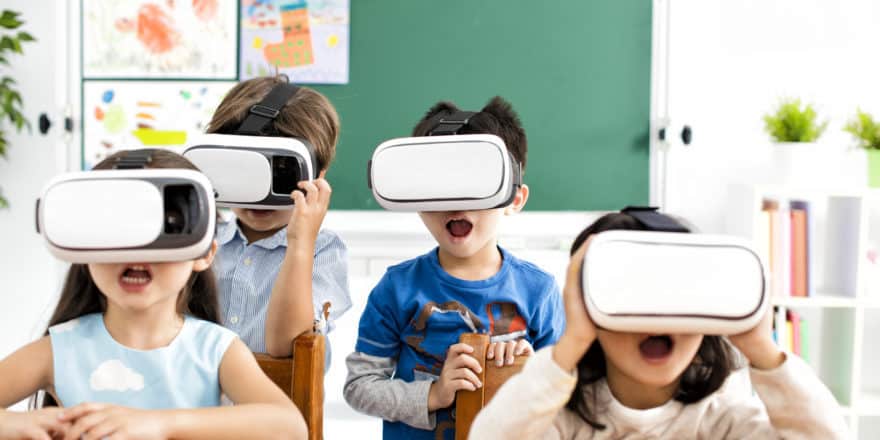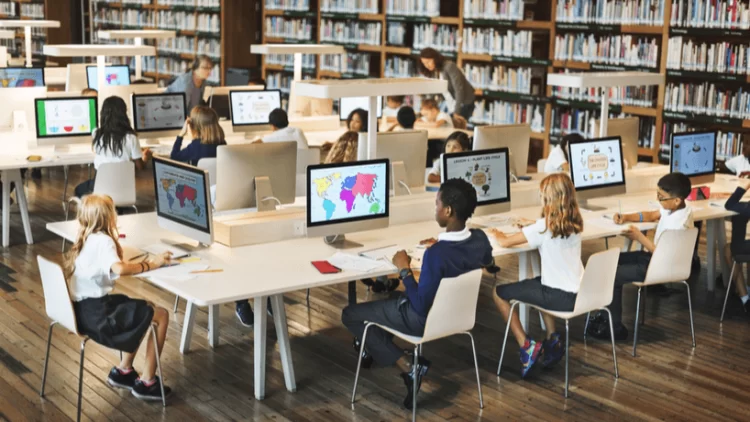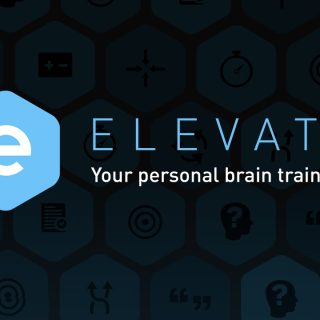The EdTech Evolution: Revolutionizing Education Beyond Borders
Introduction
In the contemporary landscape of education, the integration of Educational Technology (EdTech) has become more than just a trend; it is a transformative force reshaping traditional learning paradigms. This detailed exploration delves into the myriad dimensions of EdTech’s impact, ranging from individualized learning pathways to collaborative virtual classrooms, highlighting its multifaceted role in shaping the future of education.
1. Adaptive Learning for Personalized Education
EdTech’s adaptive learning algorithms analyze students’ interactions, strengths, and challenges in real-time. By tailoring learning materials to individual needs, adaptive learning ensures that no student is left behind. Personalized feedback, targeted resources, and adaptive assessments create an engaging and effective educational experience, fostering a deeper understanding of complex subjects.

2. Inclusive Education: Breaking Barriers
EdTech transcends geographical and physical barriers, democratizing education globally. It caters to diverse learning styles and accommodates students with disabilities. Through captioned videos, screen readers, and interactive simulations, EdTech ensures that every learner, regardless of their abilities or location, can access educational content, promoting inclusivity and equal opportunities for all.
3. Immersive Learning: Virtual Reality and Beyond
Immersive technologies like Virtual Reality (VR) and Augmented Reality (AR) transport students to virtual worlds, making learning a captivating adventure. From exploring ancient civilizations to conducting virtual science experiments, immersive learning experiences enhance retention and deepen comprehension. Interactive 3D models and simulations enable students to visualize abstract concepts, turning complex theories into tangible, memorable lessons.

4. Educator Empowerment Through Data-Driven Insights
EdTech empowers educators by providing valuable insights through data analytics. Teachers can track students’ progress, identify learning gaps, and assess the effectiveness of teaching strategies. Data-driven decision-making enhances instructional methods, ensuring that teaching approaches are tailored to maximize student engagement and comprehension. Continuous professional development opportunities enable educators to stay abreast of emerging technologies and pedagogical best practices.
5. Lifelong Learning Ecosystem
EdTech creates a vibrant ecosystem for lifelong learning, catering to diverse needs and interests. Interactive online courses, Massive Open Online Courses (MOOCs), and micro-credentials offer flexible learning pathways for professionals, enabling them to acquire new skills and adapt to evolving industries. Lifelong learners can engage in discussions, collaborate on projects, and receive certifications, fostering a culture of continuous growth and skill development.

Conclusion
The evolution of EdTech represents a paradigm shift in education, heralding an era where learning is not confined by boundaries or limitations. By embracing adaptive learning, promoting inclusivity, leveraging immersive technologies, empowering educators, and fostering a lifelong learning ecosystem, EdTech is revolutionizing education in unprecedented ways. As we continue to explore and innovate within this dynamic realm, we pave the way for a future where education is not just a process but a transformative journey, empowering individuals and communities on a global scale. The EdTech revolution is not merely a chapter in the history of education; it is the dawn of a new educational renaissance.








